
Have you ever tried to imagine a world a billion years from now? Honestly, it’s almost impossible. Namely, we humans have existed for roughly 300,000 years, and this is basically nothing compared to Earth’s 4.5-billion-year timeline.
And yet, in that short time, we’ve transformed from hunter-gatherers wielding stone tools to beings capable of decoding DNA, launching probes beyond our solar system, and peering into galaxies millions of light-years away.
Pretty wild, right?
Other species, however, have endured far longer. Cyanobacteria have thrived for over 3.5 billion years, surviving ice ages, asteroid impacts, supervolcanoes, and drastic shifts in oxygen levels. Coelacanths, thought extinct for millions of years, were rediscovered in 1938, unchanged for 400 million years.
These long-term survivors reveal a key lesson: longevity often favors simplicity, adaptability, and patience — traits humans don’t always prioritize in our high-speed, hyperconnected lives.
Even our closest relatives remind us how fragile survival can be. Neanderthals and Denisovans thrived for hundreds of thousands of years before vanishing. Their disappearance, despite intelligence and adaptability, is a warning tale about how quickly circumstances can erase a species.
It’s really humbling to think about that.
Could humans endure the next billion years, or are we destined to be a brief, shining experiment in evolution, gone before the next ice age arrives? To explore this, we need to look at evolution, planetary change, technology, and even intelligence itself.
So first, let’s start by looking at the oldest survivors on Earth.
📍 Interesting fact: Modern humans occupy less than 0.01% of Earth’s history, while cyanobacteria have existed for more than three-quarters of our planet’s lifespan.
The Oldest Survivors

Here’s a table of 10 of the longest-surviving species on Earth:
| Species | Approximate Survival Time |
| Cyanobacteria | 3.5 billion years |
| Horseshoe Crab | 450 million years |
| Coelacanth | 400 million years |
| Jellyfish (Turritopsis dohrnii) | Biologically immortal |
| Crocodiles | 200+ million years |
| Sharks | 400+ million years |
| Nautilus | 500 million years |
| Cockroaches | 300 million years |
| Tuataras | 220 million years |
| Ferns | 360 million years |
See the pattern? Longevity obviously favors simplicity and adaptability.
Complex species like humans excel in stable environments, but long-term survival becomes precarious when the world changes dramatically.
Intelligence alone isn’t enough. We need resilience and foresight.
Lessons for humanity are clear: our brains may let us build rockets, AI, and cities, but to endure for a billion years, we need a long-term plan that’s as practical as it is visionary.
📍 Interesting fact: Coelacanths survived four mass extinctions over 400 million years, proving that resilience often comes from staying out of the limelight and living quietly in the depths.
Understanding the Timescale
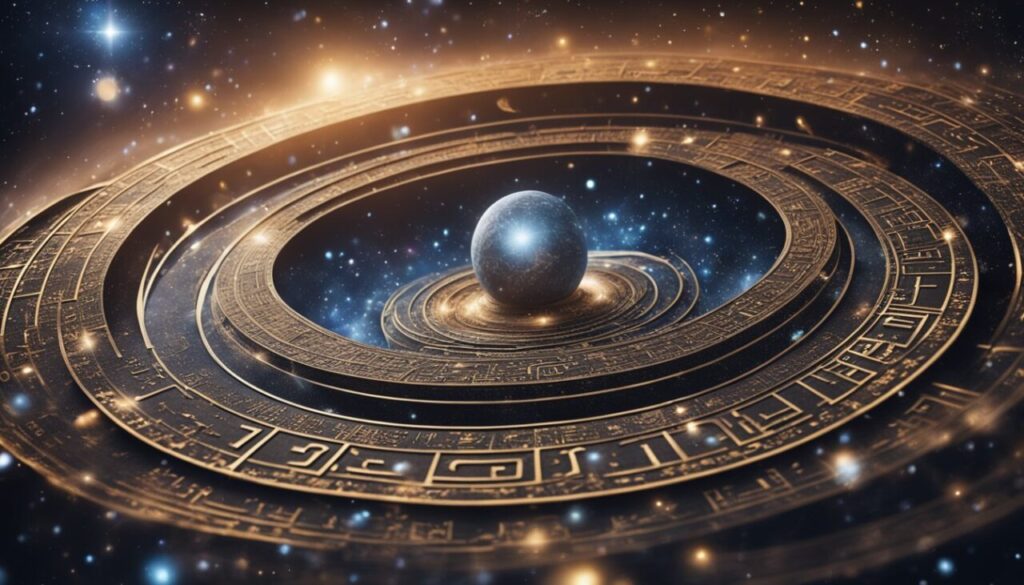
A billion years is almost impossible to comprehend. Dinosaurs went extinct 66 million years ago, yet as mentioned, we have only been around for 300,000 years.
In that span, Earth has endured five mass extinctions, ice ages, shifting continents, fluctuating atmospheres, and extreme climate events. Life adapts, but often in ways unrecognizable to modern observers.
To imagine a billion years, picture this: the world we know now — forests, oceans, deserts, cities — will be almost unrecognizable. Entire continents may drift, oceans could vanish, and the Sun itself will slowly change.
📍 Interesting fact: Over a billion years, Earth has seen continents drift, oceans form and disappear, and atmospheric oxygen levels swing dramatically, highlighting both the fragility and resilience of life.
The Future of the Earth and the Sun

Earth itself is far from static, and the Sun is slowly changing in ways that will profoundly affect habitability. In roughly a billion years, the Sun will be about 10% brighter, which may trigger a runaway greenhouse effect, boil oceans, and make the planet inhospitable.
Water evaporation, climate instability, and loss of plant life could fundamentally alter ecosystems. Eventually, in about 5 billion years, the Sun will expand into a red giant, likely engulfing Mercury, Venus, and possibly Earth.
Meanwhile, Earth will also evolve in other ways. Plate tectonics may slow, mountain ranges erode, magnetic fields could weaken, and atmospheric CO2 levels may drop, threatening photosynthesis and collapsing ecosystems. Even hardier species may struggle.
While humans could use technology to extend habitability, Earth’s natural evolution imposes hard limits.
Any long-term survival plan must integrate strategies that go beyond adaptation, connecting our species’ ingenuity with the vast scales of planetary and stellar change.
And so, based on that, the question arises – will we even be humans?
📍 Interesting fact: In roughly 1.5 billion years, photosynthesis may cease, which could end most plant life and trigger dramatic ecological shifts across the planet.
Will Humanity’s Future be Biological, Technological, or Hybrid?
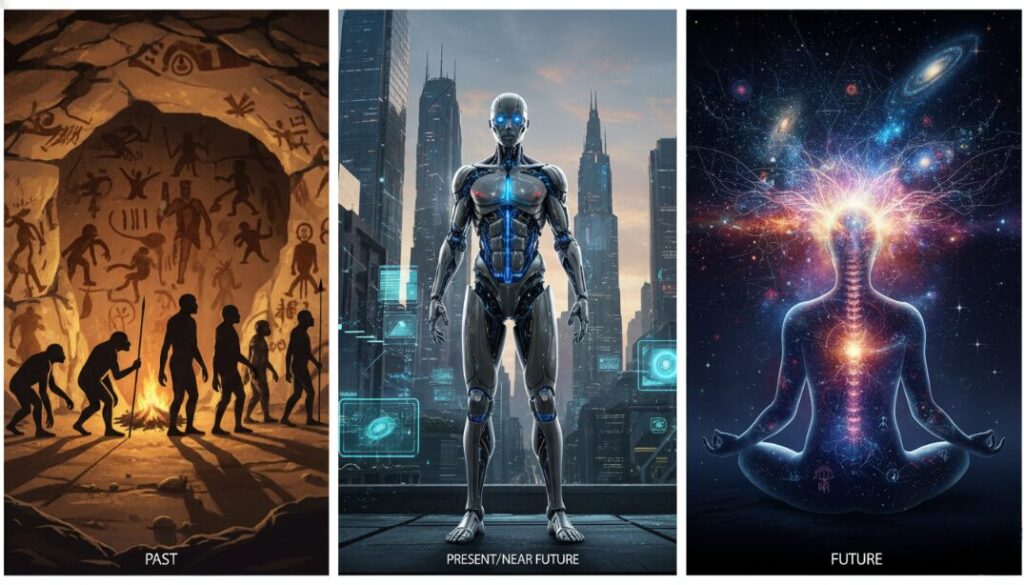
Humanity itself is not fixed. Over the next billion years, we could evolve in ways that are both surprising and unimaginable, influenced by natural evolution, advancing technology, and the possibility of leaving Earth behind entirely.
Evolution will continue its slow, inexorable work. Genetic drift, mutations, and selective pressures may produce descendants unrecognizable to modern humans.
Just as Neanderthals and Denisovans thrived and then vanished, even intelligent species can disappear if the environment shifts too quickly.
Over huge timescales, evolution might favor humans adapted to extreme conditions — those who can survive high radiation, low oxygen, or even life far from our home planet.
Technology, however, offers a far more immediate route to extending human existence. Institutions like MIT, Oxford, and NASA are actively exploring brain-computer interfaces, AI-human integration, and advanced neural preservation techniques.
Imagine mind uploading or digital consciousness, where human thought, memory, and identity could continue even after the biological body is gone.
In this way, intelligence and creativity — the very essence of what it means to be human — could survive well beyond the limits of our fragile biology, and perhaps even beyond Earth itself.
Expanding humanity into space adds another layer to this story. Mars, Europa, Titan, and interstellar habitats could serve as new homes for our species.
Early steps, like SpaceX’s Mars missions and NASA’s Artemis program, hint at a future where humans become a multi-planetary civilization.
By spreading life and intelligence across multiple celestial bodies, we reduce the existential risks that come from remaining tied to a single, increasingly volatile planet.
Namely, space is not just an escape route; it’s, in one way a canvas for adaptation, innovation, and survival.
And so, taken together, biological evolution, technological advancement, and space colonization are not separate paths but interconnected strategies.
Each builds on the other: evolution provides resilience and adaptability, technology offers permanence beyond biology, and space expansion ensures survival independent of Earth.
The fate of humanity may not be a single outcome but a continuum of possibilities, where intelligence persists in one form or another across time and space.
📍 Interesting fact: Breakthrough Starshot plans to send tiny probes to Alpha Centauri within this century, marking humanity’s first tangible step toward interstellar migration — a small but crucial proof of concept for surviving beyond Earth.
Existential Threats Before a Billion Years
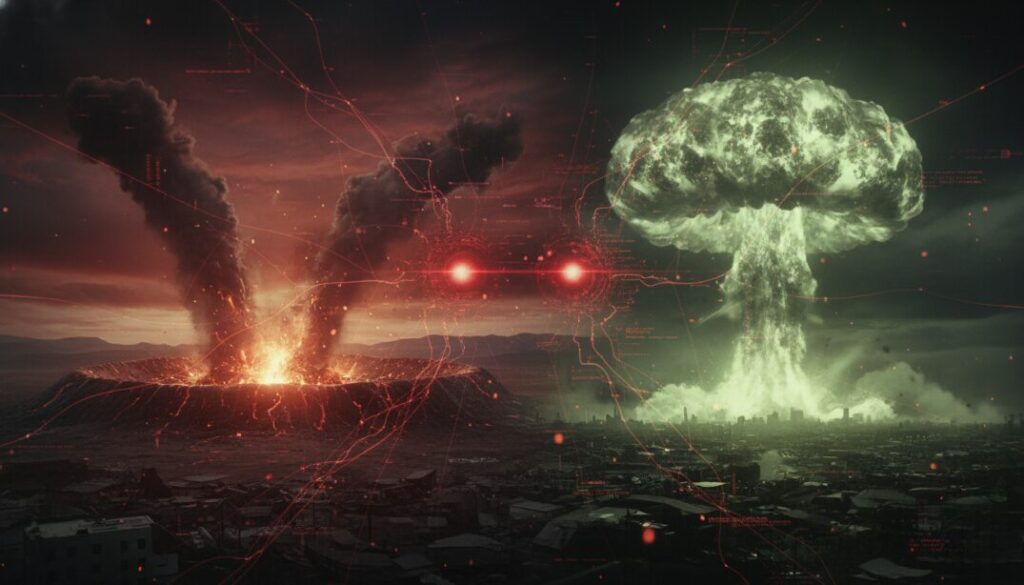
However, even before cosmic changes, humanity faces threats that could erase us. Natural hazards — asteroid impacts, super volcanoes, gamma-ray bursts — have shaped life repeatedly.
NASA’s Planetary Defense Coordination Office monitors near-Earth objects, but no system can guarantee long-term survival.
Human-made hazards may be even more pressing. Nuclear war, engineered pathogens, or misaligned AI could threaten civilization within centuries.
Preventing these disasters requires foresight, wisdom, and global cooperation as much as technology, connecting our present choices to our distant survival.
📍 Interesting fact: A full-scale nuclear war could trigger a “nuclear winter,” dropping global temperatures by up to 20°C and potentially causing mass extinctions.
Long-Term Engineering & Astroengineering Solutions for Humanity’s Survival

Assuming humans want to persist across hundreds of millions or even a billion years, survival will require more than natural adaptation. It will demand deliberate, large-scale engineering and astro-engineering solutions — projects that extend life beyond the boundaries of Earth.
Planetary engineering could stabilize climates temporarily, buying centuries or millennia of habitability. Techniques might include reflective aerosols to cool the atmosphere, advanced carbon capture to regulate greenhouse gases, or orbitally controlled mirrors to modulate sunlight.
These approaches are already being studied in preliminary forms. Institutions such as NASA, the European Space Agency, and JPL have modeled orbital mirrors and artificial albedo changes to prevent runaway greenhouse effects on Earth.
While these solutions are temporary, they buy humanity the time to explore even grander measures.
For example, stellar and orbital engineering could extend habitability by millions of years. Theoretically, we could nudge Earth slightly outward in its orbit or deploy gigantic orbital mirrors to reflect sunlight selectively.
Such projects require huge energy and precision, but even today, researchers like those at NASA and Caltech are exploring the principles behind long-term planetary survival and orbit modification.
If successful, these methods could delay Earth’s overheating and preserve ecosystems far longer than natural conditions would allow.
Megastructures take the idea even further. Dyson spheres, orbital habitats, and floating space colonies could capture stellar energy and sustain human or post-human life independent of the planet’s conditions.
SETI researchers even consider the detection of such structures as potential markers of advanced civilizations elsewhere. Humanity could live in orbiting habitats powered entirely by the Sun or by harnessing the energy of other stars, bypassing planetary limitations entirely.
Interstellar arks represent the ultimate safeguard. Generation ships could carry millions of humans or embryos to distant star systems over centuries or millennia.
Self-replicating probes or robotic seed ships might spread Earth’s biosphere across the galaxy, ensuring life continues even if our home star eventually becomes uninhabitable.
Over deep time, these strategies could ensure that the essence of Earth’s life persists across light-years, transforming survival from planetary to cosmic scales.
These strategies are not mutually exclusive; in fact, they complement one another. Planetary engineering buys time, orbital adjustments extend it, megastructures offer independence, and interstellar migration secures survival across the galaxy.
This layered approach creates redundancy — if one strategy fails, others can compensate, giving life a fighting chance to endure for eons.
But then again, the question of intelligence remains: If something survives, will it be humans or some other form of intelligence?
📍 Interesting fact: John von Neumann’s concept of self-replicating machines underpins modern theories of interstellar life propagation, influencing ideas for robotic probes and seed ships.
Evolution of Intelligence – Could Other Species or AI Replace Us?
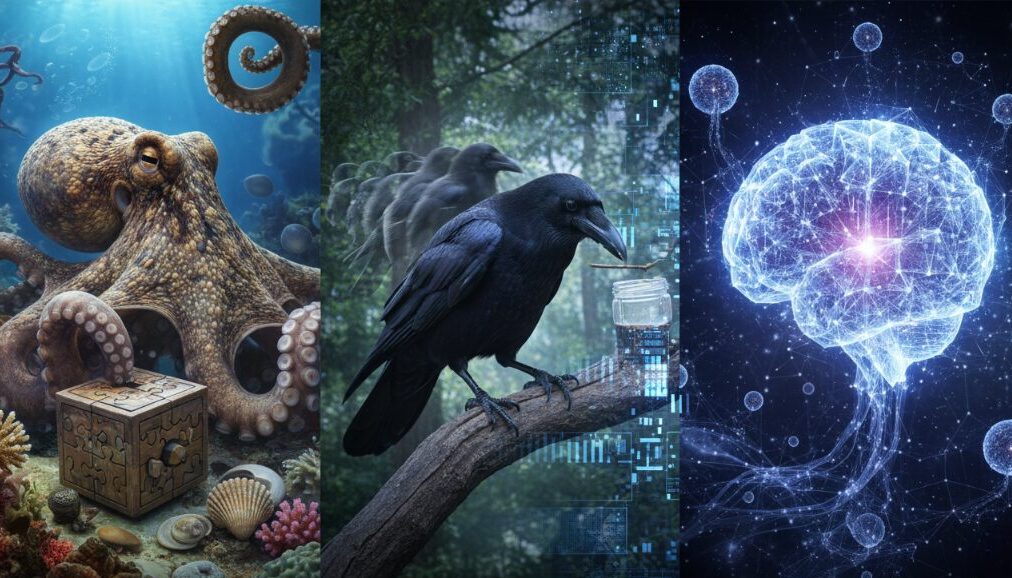
Even if humanity implements all the mentioned strategies, survival is not guaranteed — and intelligence itself may evolve beyond humans.
Evolution is always experimenting. Octopuses solve complex puzzles and use tools creatively; crows and ravens demonstrate advanced reasoning and planning; dolphins coordinate cooperatively and even mimic human-like behaviors.
Over millions of years, natural selection could favor these or entirely new species as the dominant intelligences if humans falter.
Artificial intelligence introduces an entirely different scenario. Institutions like OpenAI, DeepMind, MIT, and others are advancing AI at an amazing pace.
Iterative, self-learning machines could surpass human intelligence, replicate themselves, and survive harsh environments far better than humans.
We might see forms of intelligence that do not require food, water, or a planet at all. Post-biological entities could persist in space habitats, digital realities, or self-contained artificial ecosystems, thriving where humans would perish.
Hybrid intelligence may emerge as a middle path. Combining genetic engineering, cybernetic enhancements, and AI integration, humans could evolve into post-biological beings capable of surviving on distant planets or in artificial habitats.
Imagine consciousness encoded in nanomachines, memories preserved digitally, and bodies adapted for extreme environments — a species that is human yet entirely beyond the limitations of biology.
In such a scenario, humanity may not exist in its current form, but its legacy — curiosity, creativity, and intelligence — could endure.
📍 Interesting fact: Dolphins and crows can plan for future events — a cognitive skill once thought uniquely human — hinting that intelligence may arise in unexpected, unplanned ways.
Will Intelligence Survive the Universe?

But, even if humans or post-human intelligences endure, the universe itself poses profound challenges. Stars die, galaxies collide, and entropy increases relentlessly.
Some theorists at Cambridge and Caltech speculate advanced civilizations might migrate to new universes, create artificial realities, or manipulate cosmic structures to survive.
A billion years is only a tiny fraction of cosmic time. Surviving that long may require adaptability, technology, and a willingness to think beyond Earth.
Humanity’s billion-year survival could merely be the first step in a much grander story — the spread of intelligence across the cosmos.
📍 Interesting fact: The observable universe is 13.8 billion years old — meaning a billion years is both immense and short-lived, a window in which life could transform utterly.
Conclusion
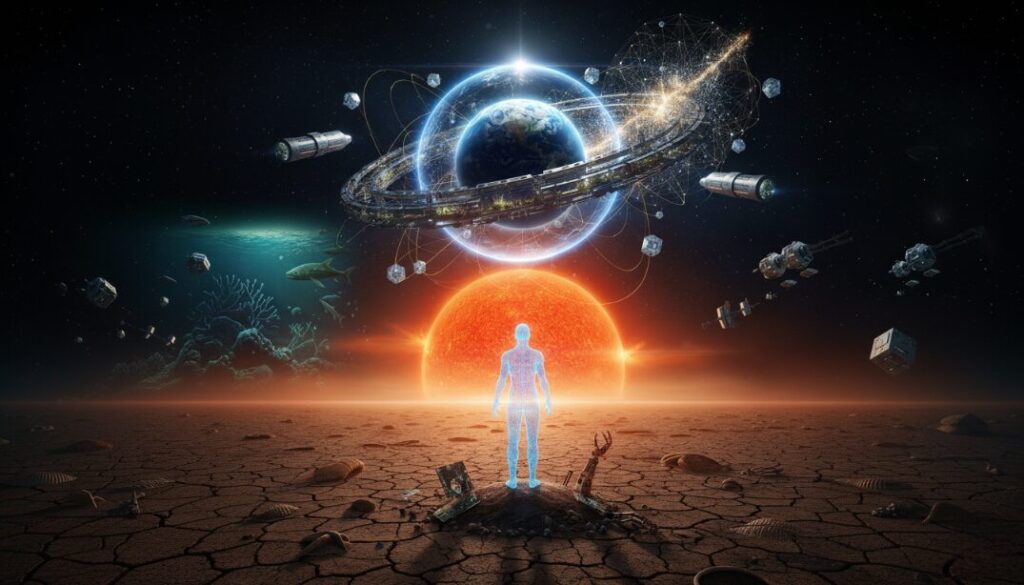
And so, will humans exist in a billion years? Biological humans?
Probably not.
But intelligence, creativity, and curiosity — the essence of humanity — may persist in AI, hybrids, or entirely new lifeforms. Through these means, the imprint of human thought could endure across galaxies, or even entire universes.
It’s both mortifying and inspiring in one way. Our species is a brief spark in a huge cosmos, yet our ideas, ingenuity, and drive to survive may allow life and consciousness to endure far longer than Earth itself.
The challenge is philosophical as much as it is scientific: how do we ensure life, knowledge, and intelligence persist across time and space?
Perhaps the answer lies in embracing both our fragile biology and our boundless creativity, building systems, technologies, and ideas that endure when we do not.
📍 Interesting fact: Futurists suggest humanity’s ultimate legacy may not be Earth, but the spread of intelligence across stars, carrying the story of our civilization forward.




























